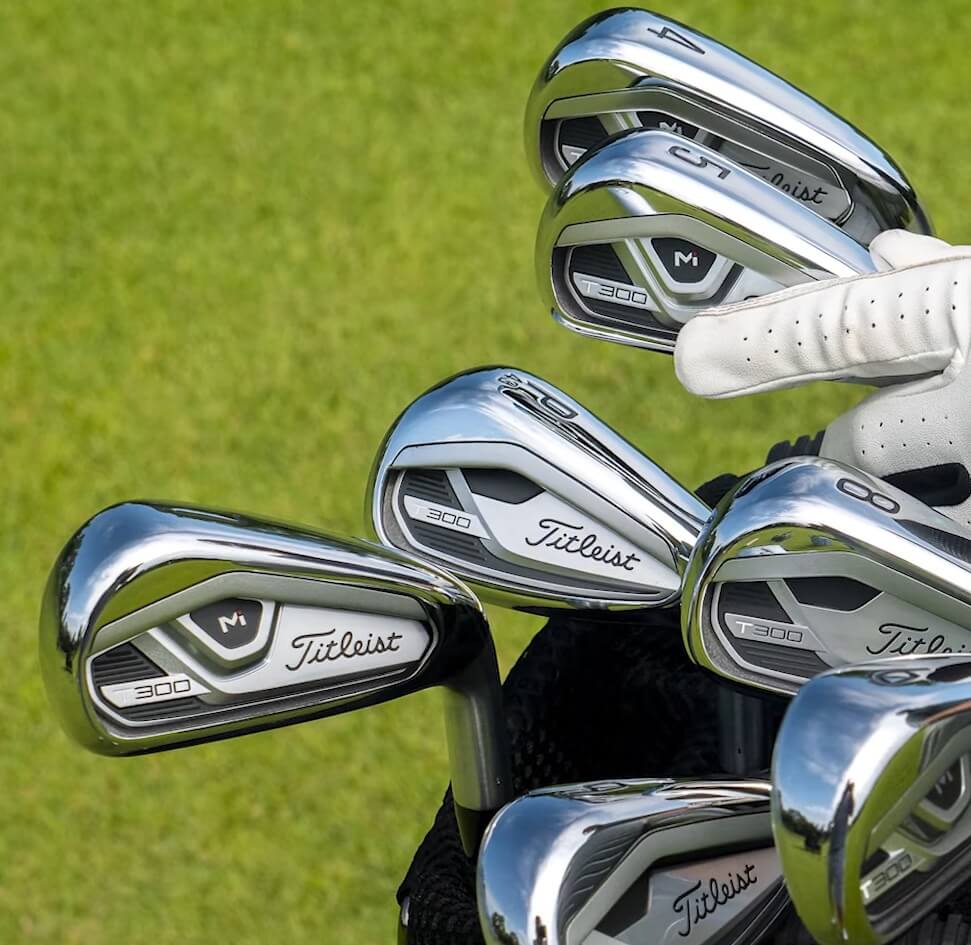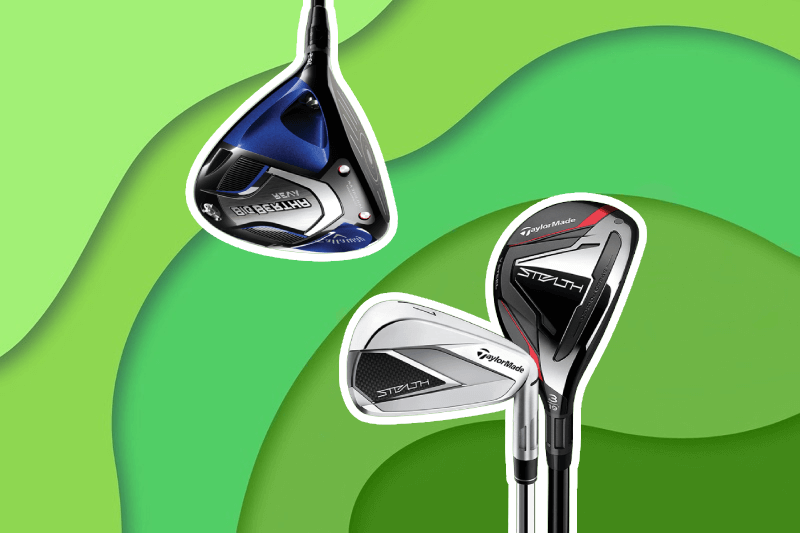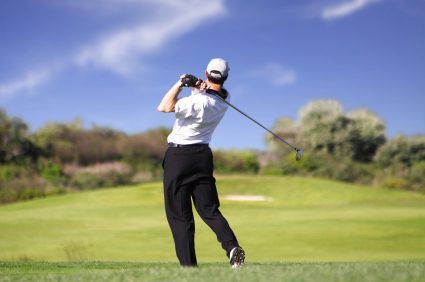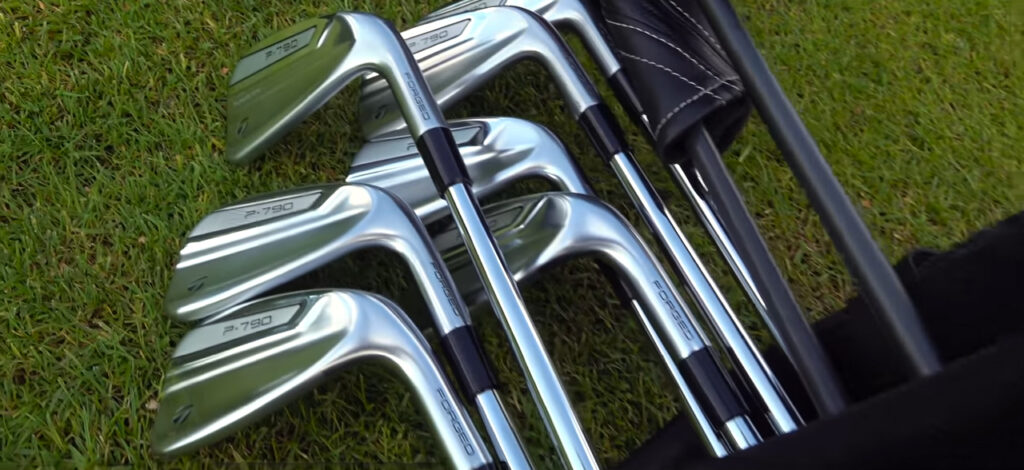
You’re here because you’d like to know how to hit irons pure every time. Well, first, hitting an iron pure involves getting a clean shot and hitting the sweet spot of the ball. To hit an iron pure, when you strike the ball, there has to be a solid connection between your iron and the ball. It’s all about being in the proper position, making the right swing, and using the correct technique. In this article, we will show you how to hit irons pure. We will also give you lots of information and advice to help you execute a wide variety of shots.
An iron club is needed when the ball is within a 200-yard range from the green. Irons are characterized by their versatility and are used for many types of shots: except for the tee and the green, they offer a complete approach to the hole.
The length of the iron ranges from iron 2 to iron 9 (7 is the average stick par excellence, used in practice fields). While the loft varies from iron to iron, those with larger numbers have a higher and shorter trajectory. Those with smaller numbers have lower and longer ones. Irons 1 and 2 are primarily intended for experienced players.
The most used golf iron head is the midsize perimeter, while the best blade irons are used by professional and experienced players.
Some of the common iron hitting techniques are pitch, chip, putt, and more.
This name is also given to the pitching wedge (club designed for this type of shot) as well as to the impact of the ball on the green. A pitch is well done with either a pitching wedge or a 9 iron.
This short, bell-shaped shot is used to fly over an obstacle, a tree, which obstructs access to the green.
The ball rises very high and rolls a little while falling on the green.
The pitch is a 10-100m shot, and the high trajectory is given by the shape of the clubhead, not by the player.
The face of iron 10 is very open. A pitch can be made with a full swing or a shortened swing.
The swing arc will be shorter if you lower your hands on the grip or shorten your swing.
Tip: The pitch is a free, controlled kick. It doesn’t always require a full swing, but always a full through ball, good arm, and hand action.
A chip is played near or on the edge of a green when there is no obstacle to cross.
Depending on the length of the shot, from 2 to 30 m, you can use 8, 9 or 10 irons.
It is a question of flying over the part of the front green and falling back on the green to then roll on the green in the direction of the flag.
For a very short chip, we hardly use the legs, but a movement of the arms closer to when putting. You don’t really swing the ball.
This shot flies low and low and rolls a lot after hitting the fairway or green.
It’s kind of like a long chip, made with a 7 or 8 iron. The hands stay low during the execution of the shot, and the finish is quite short.
The legs are less active than in a normal swing, and the hands are in front of the ball.
You can use your putter to put off the green when the grass is short, and in this case, play a “safe” shot as many pros do in competition.
There are typically 5 keys for hitting the irons pure. First, you must be able to ensure the club strikes the ball clean off the ground and doesn’t hit the ground first before the ball.
So, to achieve this, the key is targeting the ball, not trying to control the clubhead. Control your start line and impact position.
First, we will talk about the type of iron you need and the steps to hitting a long iron pure.
Use an iron for medium distance shots. If you are not yet in the putting area (on or near the green), but the hole is less than 600 feet from you, the iron is the best option for playing the shot, and you can get the best irons under $500.
Irons are generally heavier than woods and have a higher loft than woods.
Irons are numbered from 1 to 9. Golf sets usually include shorter models in terms of length. For example, in the best golf club sets under $500, you’ll find golf 6 to 9 or 7 to 9 usually provided.
However, for those who need longer irons, the LAZRUS Premium Golf Irons Set includes irons from 4 to 9.
The long irons, numbered from 1 to 4, allow you to hit very long shots thanks to their reduced loft.
The medium or medium irons, which are numbered 5 to 7, can send the ball to distances between 137 and 155 m, on average. The short irons, which are numbered 7 to 9, are played when you are between 95 and 150 m from the hole.
There are two main kinds of irons: cavity back irons and blades Trusted Source golftips.golfweek.usatoday.com . Cavity irons are often used by beginners because they are easy to play, while blades, which are more difficult to master, are used more by advanced players. However, irons such as the Extreme X5 iBRID Iron Set can both be used by seniors and beginners.
Don’t forget the hybrid clubs. These clubs have the center of gravity of wood and the precision quality of iron. Their shape is reminiscent of wood, but their lofts correspond more to those of irons. They are also often used instead of irons.
Ball position is the first thing to check if you are making poor contact with your irons. Sometimes the ball slips forward or backward in the stance, and a simple fix can make all the difference. Play your short irons in the middle, not with speed Trusted Source Hitting pure short irons, explained | Instruction | Golf Digest Flush your short irons and wedges like a tour pro with these simple tips from one of Golf Digest's 50 Best Teachers. www.golfdigest.com but at the right angle and path. And the long irons need to be played about 5 inches forward.
You have the right to place the ball on a tee before hitting it. Choose the driver or iron, which you will use to its maximum capacity to hit the ball from the tee and place it favorably on the fairway or as close to the hole as possible for the next shot.
Use the driver for long holes (par 4 or 5) and iron for shorter holes (par 3).
Tap the tee more on long shots than on short shots to hit the ball with the center portion of the clubhead and give it a low trajectory that will allow it to travel a long distance. For short holes, tap the tee a little to hit the ball from below and give it a high trajectory that will prevent it from rolling too much on the ground.
Ensure your left side of the body is aligned to the flagstick. Then spread your feet in front of the ball with the iron held in between and the club stretching a bit ahead.
Use good swing weight for all full shots to keep your right arm slightly straight on the tee. This helps you roll your shoulders and not just lift your arms. From the top, start down by pushing off with your right foot. With your weight to the left, rotate your hips to make room for your arms to swing through impact.
Good contact with the irons comes from a downward stroke. Many amateurs have trouble playing irons because they leave the right side of the body behind to try to pick up the ball. However, you will not be able to lean onto your right side without losing your balance. You can shift your weight from right to left, but not enough to get you in trouble.
You can learn more about the technique from the video below.
Hitting the iron pure to perfection involves striking the ball with the iron while getting a solid connection. We’ve shown you what hitting a pure iron means and how to hit irons pure. Remember, for good contact, use a tee, align the left side of your body to the flagpole and let the right side of your body drop back at impact.
For those who wish to know how to play short irons pure, you simply need to play these irons in the middle. The middle irons need to be played a couple of inches forward, and the long irons about 5 inches forward.
It’s always helpful to use good swing weight for all full shots, including irons. This helps you roll your shoulders and not just lift your arms.





